Home » Wind Energy » Farming the Wind and Wind Energy Agriculture
Farming the Wind and Wind Energy Agriculture
When you picture a wind farm, chances are you imagine vast expanses of open land, dotted with towering turbines. But there's another type of wind farm you might not have considered: one that shares space with crops and livestock. Wind energy and agriculture are a natural fit. Farmers and ranchers have long taken advantage of the breeze to cool barns and dry grain. Now, they're also harnessing that wind power to generate electricity.
Why We Need Wind Energy in Agriculture?
We need a large scale change to reduce polluting energy production. We are using up fossil fuels at a rate that will run out by the end of this century. To add to this, we are creating carbon emissions that cause a number of environmental problems. So, now we need to find alternative energy sources, wind energy is the best alternative to fossil fuel. Across the world, we now generate a total of 591,594 MW from wind power. While this is only a percentage of the total, wind power is growing by around 9% each year. This growth is in tune with its forecast and growing role helping to reduce carbon emissions and our reliance on non-renewable energy sources. In our race to reduce polluting fossil fuel sourced energy wind power is going to become one of the main sources of energy that we rely on.
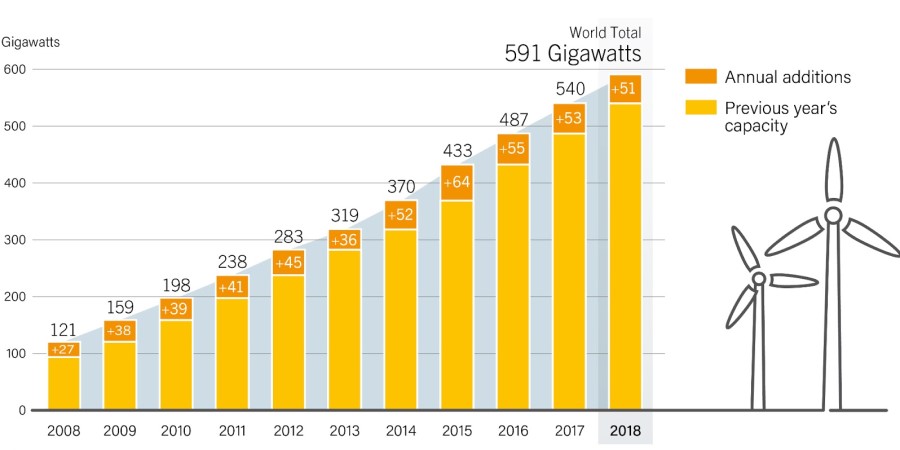
Many farmers already produce renewable energy by growing corn to make ethanol. An increasing number of farmers and ranchers are now adding to their incomes by harvesting the wind that blows across their land to make electricity. And new options are becoming available. Renewable energy and farming are a winning combination. Wind, solar, and biomass energy can be harvested forever, providing farmers with a long-term source of income.
In traditional agriculture in many places, farmers grow trees along the edges of fields, a technique that slows the wind and stirs up the air, benefiting the crops in the field. For centuries wind power was used on farms to grind grain into flour and pump water from wells. However, in recent years support for renewable energy has increased. Some farmers in windy and areas with sun now have the opportunity to raise crops or livestock while simultaneously using their lands to host wind turbines.
Wind Power Agriculture
Wind technologies provide mechanical and electrical energy. Wind turbines operate on a simple principle: Wind turns rotor blades, which drive an electric generator, turning the kinetic energy of the wind into electrical energy. The wind is a renewable energy source, and windmills do not produce harmful environmental emissions. Utility-scale turbines range in size from 750 kilowatts (kW) to 5 megawatts (MW), with most turbines exceeding 1 MW.
Turbines are often grouped into wind farms, which provide bulk power to the electrical grid. Small wind turbines range in size from 0.4 to 1.5 kW generators for small loads, such as battery charging for sailboats and small cabins, to 3 to 15 kW systems for a home, to those that generate up to 100 kW of electricity for larger loads, such as small commercial operations. Wind power technology is already in widespread use due to substantial progress in reducing costs for areas with consistently high wind speeds.
Wind pumps are one of the first applications for using nature’s power to improve agricultural processes. Already in the 9th century, they were used to irrigate fields or to drain the lands. Nowadays, the technology is mostly used where a grid connection is too far away and wind conditions are steady enough to provide a reliable pumping solution. The design of a wind pump always depends on the application. Firstly, a distinction between mechanical and electrical wind pumps has to be made. Electrical wind pumps normally have the disadvantage of a lower efficiency, but pumps can be placed away from the location of the wind turbine. To choose the right wind turbine considerations about the desired pumping technology and extraction depth have to be made upfront. Centrifugal pumps generally work better with faster rotating wind turbines while piston and diaphragm pumps work better with slow rotating turbines.
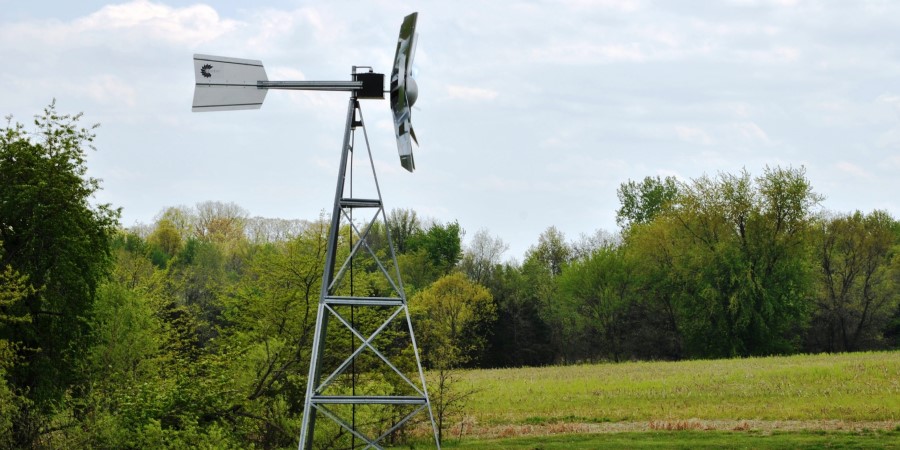
In off-grid areas, where there is sufficient wind (>5 m/s) and ground water supply, wind pumps often offer a cost-effective method for domestic and community water supply, small-scale irrigation and livestock water use. To select a suitable wind pump, the following information is needed: mean wind speed, total pumping head, daily water requirement, well draw down, and water quality and storage requirements.
The Benefits
For farmers, the benefits of wind energy are clear. They get a steady source of income from the lease payments for the turbines, which can be a welcome supplement during years when crops or livestock prices are low. Since wind turbines take up only a small amount of land, farming operations can continue as usual. Some farmers even say their cows enjoy lounging in the shade of the turbines.
Wind energy also brings benefits to the wider community. It's clean, renewable, and reduces reliance on fossil fuels. Unlike many other forms of power generation, wind turbines require minimal water use, making them a valuable source of drought-resistant power.
How It Works
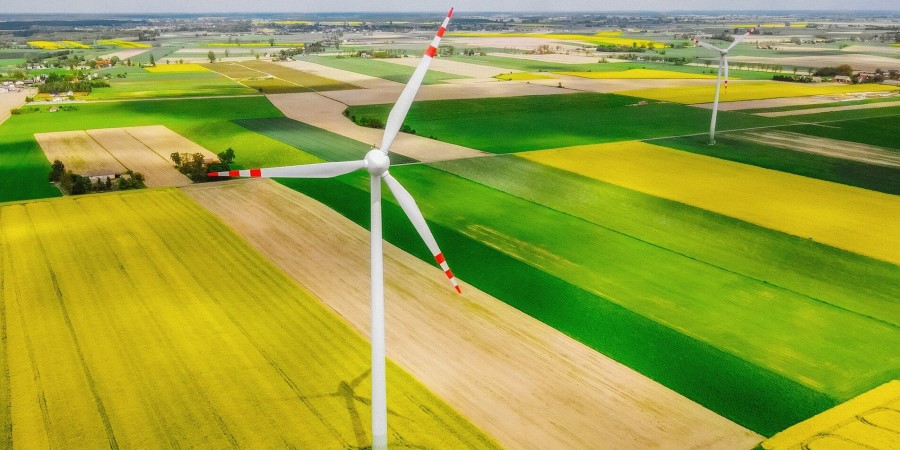
Wind energy in agriculture is a win-win. It provides a steady income stream for farmers while helping to build a more sustainable power system. Following this momentum, the wind energy industry will also continue to grow, bringing more economic benefits to farmers. As the push for renewable energy grows, this powerful alliance between wind and agriculture is poised to play a crucial role in shaping our energy future.
Why We Need Wind Energy in Agriculture?
We need a large scale change to reduce polluting energy production. We are using up fossil fuels at a rate that will run out by the end of this century. To add to this, we are creating carbon emissions that cause a number of environmental problems. So, now we need to find alternative energy sources, wind energy is the best alternative to fossil fuel. Across the world, we now generate a total of 591,594 MW from wind power. While this is only a percentage of the total, wind power is growing by around 9% each year. This growth is in tune with its forecast and growing role helping to reduce carbon emissions and our reliance on non-renewable energy sources. In our race to reduce polluting fossil fuel sourced energy wind power is going to become one of the main sources of energy that we rely on.

Many farmers already produce renewable energy by growing corn to make ethanol. An increasing number of farmers and ranchers are now adding to their incomes by harvesting the wind that blows across their land to make electricity. And new options are becoming available. Renewable energy and farming are a winning combination. Wind, solar, and biomass energy can be harvested forever, providing farmers with a long-term source of income.
In traditional agriculture in many places, farmers grow trees along the edges of fields, a technique that slows the wind and stirs up the air, benefiting the crops in the field. For centuries wind power was used on farms to grind grain into flour and pump water from wells. However, in recent years support for renewable energy has increased. Some farmers in windy and areas with sun now have the opportunity to raise crops or livestock while simultaneously using their lands to host wind turbines.
Wind Power Agriculture
Wind technologies provide mechanical and electrical energy. Wind turbines operate on a simple principle: Wind turns rotor blades, which drive an electric generator, turning the kinetic energy of the wind into electrical energy. The wind is a renewable energy source, and windmills do not produce harmful environmental emissions. Utility-scale turbines range in size from 750 kilowatts (kW) to 5 megawatts (MW), with most turbines exceeding 1 MW.
Turbines are often grouped into wind farms, which provide bulk power to the electrical grid. Small wind turbines range in size from 0.4 to 1.5 kW generators for small loads, such as battery charging for sailboats and small cabins, to 3 to 15 kW systems for a home, to those that generate up to 100 kW of electricity for larger loads, such as small commercial operations. Wind power technology is already in widespread use due to substantial progress in reducing costs for areas with consistently high wind speeds.
Wind pumps are one of the first applications for using nature’s power to improve agricultural processes. Already in the 9th century, they were used to irrigate fields or to drain the lands. Nowadays, the technology is mostly used where a grid connection is too far away and wind conditions are steady enough to provide a reliable pumping solution. The design of a wind pump always depends on the application. Firstly, a distinction between mechanical and electrical wind pumps has to be made. Electrical wind pumps normally have the disadvantage of a lower efficiency, but pumps can be placed away from the location of the wind turbine. To choose the right wind turbine considerations about the desired pumping technology and extraction depth have to be made upfront. Centrifugal pumps generally work better with faster rotating wind turbines while piston and diaphragm pumps work better with slow rotating turbines.

In off-grid areas, where there is sufficient wind (>5 m/s) and ground water supply, wind pumps often offer a cost-effective method for domestic and community water supply, small-scale irrigation and livestock water use. To select a suitable wind pump, the following information is needed: mean wind speed, total pumping head, daily water requirement, well draw down, and water quality and storage requirements.
The Benefits
For farmers, the benefits of wind energy are clear. They get a steady source of income from the lease payments for the turbines, which can be a welcome supplement during years when crops or livestock prices are low. Since wind turbines take up only a small amount of land, farming operations can continue as usual. Some farmers even say their cows enjoy lounging in the shade of the turbines.
Wind energy also brings benefits to the wider community. It's clean, renewable, and reduces reliance on fossil fuels. Unlike many other forms of power generation, wind turbines require minimal water use, making them a valuable source of drought-resistant power.
How It Works
- Setting up a wind farm on agricultural land requires careful planning. The first step is a feasibility study to determine if the site has enough wind resources to make it worthwhile. That involves measuring the wind speed and consistency over a period of time.
- Once the feasibility has been established, the next step is to secure leases from the landowners. The turbines themselves are typically owned and operated by a wind energy company, which pays the landowners for the use of their space.
- The installation process can be disruptive, but once the turbines are up and running, they require minimal maintenance. Farming operations can continue as usual, with crops and livestock right up to the base of the turbines.

Wind energy in agriculture is a win-win. It provides a steady income stream for farmers while helping to build a more sustainable power system. Following this momentum, the wind energy industry will also continue to grow, bringing more economic benefits to farmers. As the push for renewable energy grows, this powerful alliance between wind and agriculture is poised to play a crucial role in shaping our energy future.
Post a Comment:
You may also like:

Featured Articles
What Are the Advantages of Wind Energy?
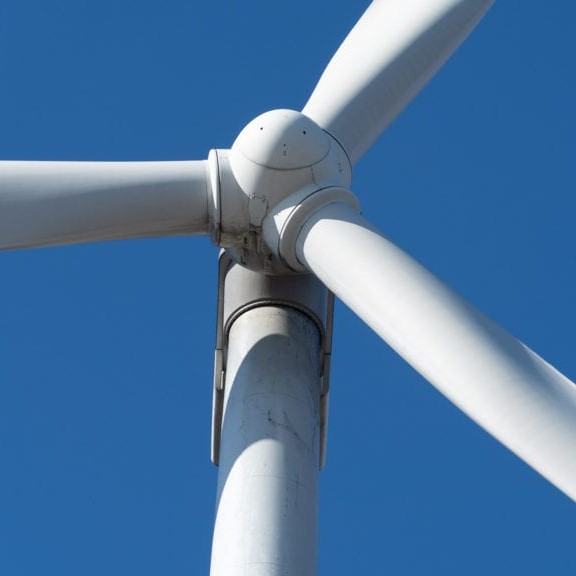 Wind power is the fastest-growing source of electricity worldwide. The American Wind Energy Association estimates that more ...
Wind power is the fastest-growing source of electricity worldwide. The American Wind Energy Association estimates that more ...
 Wind power is the fastest-growing source of electricity worldwide. The American Wind Energy Association estimates that more ...
Wind power is the fastest-growing source of electricity worldwide. The American Wind Energy Association estimates that more ...What is the Wind Energy Conversion ...
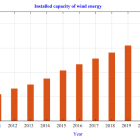 Due to technical and economic visibility, wind power has emerged as one of the most promising renewable energy sources ...
Due to technical and economic visibility, wind power has emerged as one of the most promising renewable energy sources ...
 Due to technical and economic visibility, wind power has emerged as one of the most promising renewable energy sources ...
Due to technical and economic visibility, wind power has emerged as one of the most promising renewable energy sources ...How Wind Energy is Collected and ...
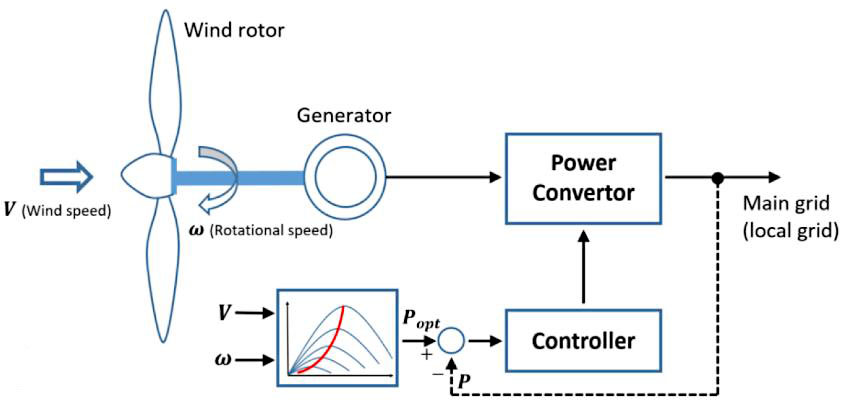 Wind energy is a form of solar energy. Earth’s atmosphere is unevenly heated by solar radiation and the air is in constant motion ...
Wind energy is a form of solar energy. Earth’s atmosphere is unevenly heated by solar radiation and the air is in constant motion ...
 Wind energy is a form of solar energy. Earth’s atmosphere is unevenly heated by solar radiation and the air is in constant motion ...
Wind energy is a form of solar energy. Earth’s atmosphere is unevenly heated by solar radiation and the air is in constant motion ...Wind Energy Background
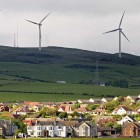 The kinetic energy in the wind is a promising source of renewable energy with significant potential in many parts of the world. ...
The kinetic energy in the wind is a promising source of renewable energy with significant potential in many parts of the world. ...
 The kinetic energy in the wind is a promising source of renewable energy with significant potential in many parts of the world. ...
The kinetic energy in the wind is a promising source of renewable energy with significant potential in many parts of the world. ...Technical Potential for Wind Energy
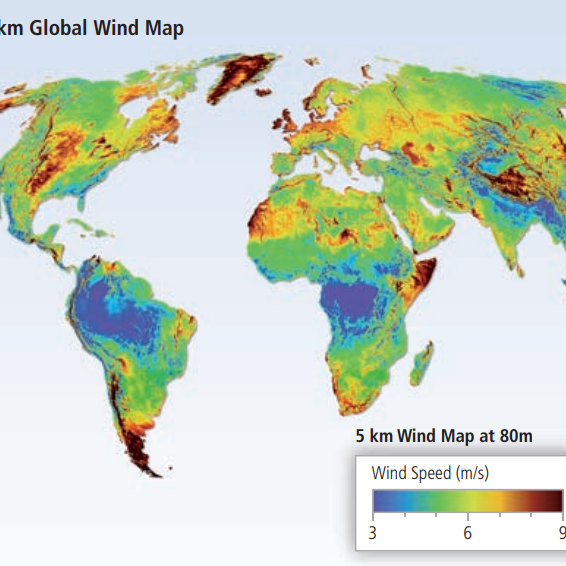 The theoretical potential for wind, as estimated by the global annual flux, has been estimated at 6,000 EJ/yr. The global ...
The theoretical potential for wind, as estimated by the global annual flux, has been estimated at 6,000 EJ/yr. The global ...
 The theoretical potential for wind, as estimated by the global annual flux, has been estimated at 6,000 EJ/yr. The global ...
The theoretical potential for wind, as estimated by the global annual flux, has been estimated at 6,000 EJ/yr. The global ...